The Outer Hebrides’ answer to Stonehenge is a monumental masterpiece.
13 miles due west of Stornoway lie the Calanais Standing Stones. (Or Callanish to use the anglicised name).
This captivating, cross-shaped collection of Neolithic megaliths has intrigued visitors for thousands of years - tourists, archaeologists and astronomers alike.
But why are they here? And why should you visit?
Well - read on and rock on.
Image credit: Sarah Kirk
Shrouded in Mystery
Composed of 13 stacks, with a 4.8 metre monolith near the middle, the Calanais Standing Stones are formed of Lewisian gneiss, one of the oldest rocks in Britain - dating back 3 billion years.
Erected a comparatively youthful 5000 years ago, predating even Stonehenge, the stones are thought to have hosted ritual activity for at least 2 millenia.
The trouble is - no one knows why, or even what exactly this ritual activity was.
The best accepted theory is that the site was used as a sort of astronomical observatory during the Bronze Age - especially considering that every 18 years or so, the moon dips uncharacteristically low under the southern hills - its light dancing off the stones in an ethereal, almost spiritual display.
This is a slightly more plausible explanation than the local legend mythologising the Callanish Standing Stones as petrified giants who refused to convert to Christianity. Up until as late as the 17th century, some people in Lewis were still calling the stones fir bhrèige ("false men").
For centuries though, the stones fell out of use, becoming buried under several feet of Outer Hebridean peat that caused discolouration to their lower sections, and which can still be observed to this day.
It wasn’t until 1857 that they were excavated and their full majesty re-exposed to the elements once more.
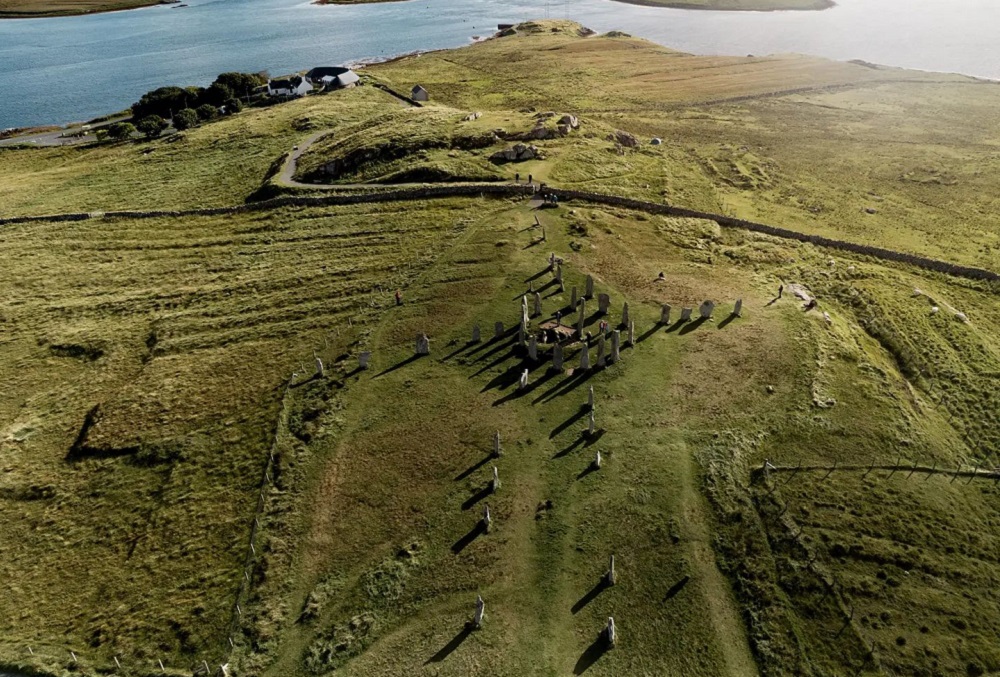 Image credit: Raymond Foster
Image credit: Raymond Foster
Visiting Rocks
Looking out to Loch Roag an Ear, just outside the village of Callanish, and with 2 smaller stone sites nearby, The Calanais Standing Stones boast a visitor centre - including a cafe, shop and ‘Story of the Stones’ exhibition which is owned and operated by the stones’ trust, Urras Nan Tursachan.
It’s so picturesque, and yet so accessible, that the cast and crew of 'Call the Midwife', felt moved to film their 2019 Christmas Special on the Outer Hebrides, with the Callanish Standing Stones cameo stealing the show*.
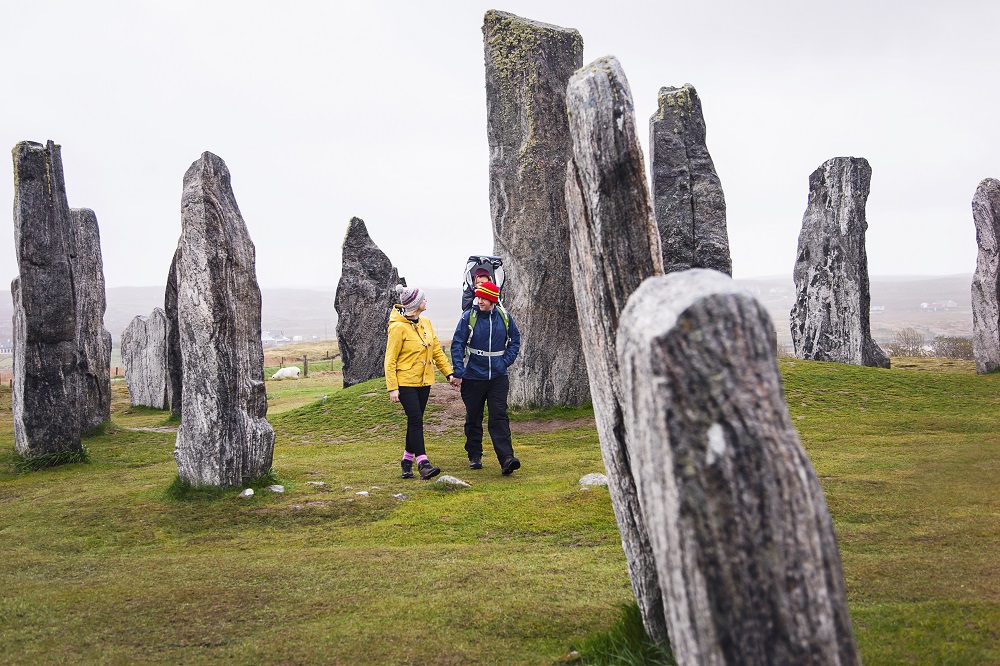 Image credit: Rachel Keenan
Image credit: Rachel Keenan
Completing the Circle
Stunning all year round, the stones are at their most beguiling come dusk or dawn, deep mid-winter.
Visit then and you’ll be struck by the peace of the place.
They’re dignified. Dramatic. They cast you back to a time when we all knew less for sure.
To a time when magic had a little more power in this world.
When spirituality stood tall against the moon, the moors, the mountains, and in the minds of those who came to worship.
The Calanais Standing Stones will leave a lasting effect on you, even if they are in fact nothing more than ‘false men’.
And that’s the god's honest truth.
*In our humble opinion.
CALANAIS VISITOR CENTRE 2025
Please note that the Calanais Visitor Centre will remain closed this year as a result of exciting renovation work at the centre. This means the carpark is out of use and there will be no facilities at the centre. The Calanais Standing Stones will remain open but please note there is severely restricted parking for cars, no parking for coaches and no access to the stones via the visitor centre site. Drivers are advised to park on the shore road (if there is space) and follow the signs to walk up the hill to the stones. Please follow this page for updates.
There are bus services from Stornoway to Callanish.



.jpg)





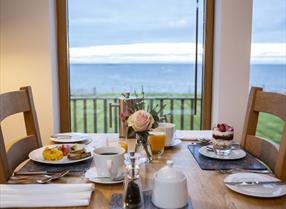
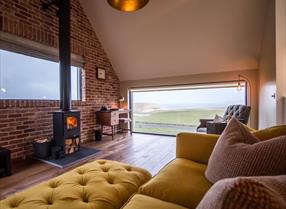

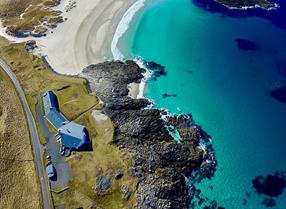

Comments
Comments are disabled for this post.